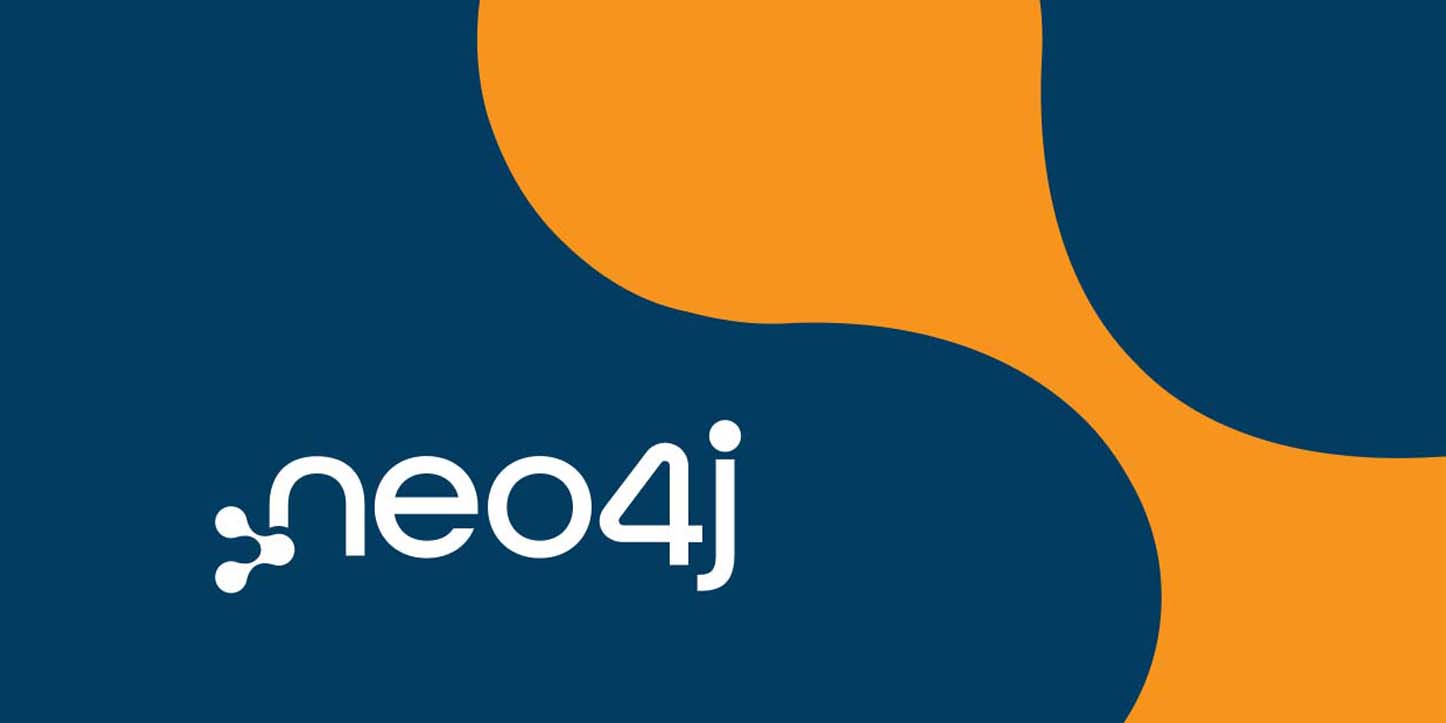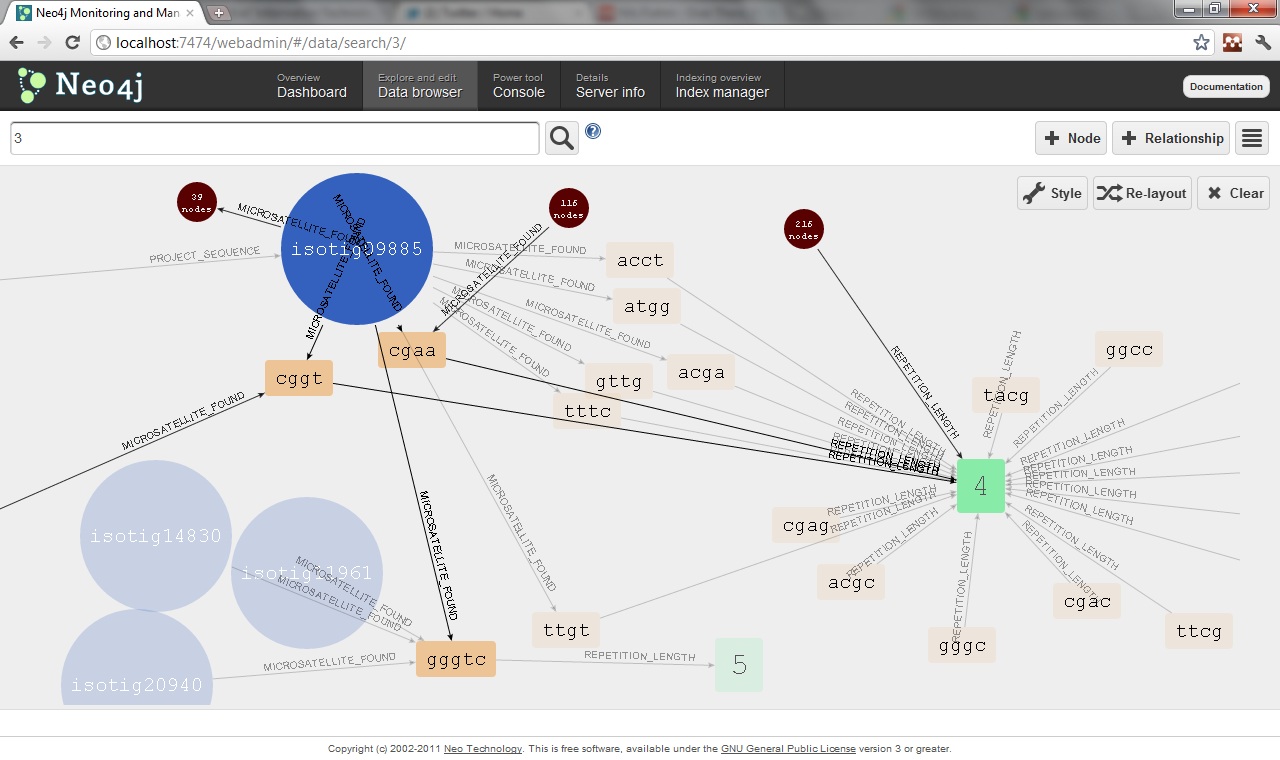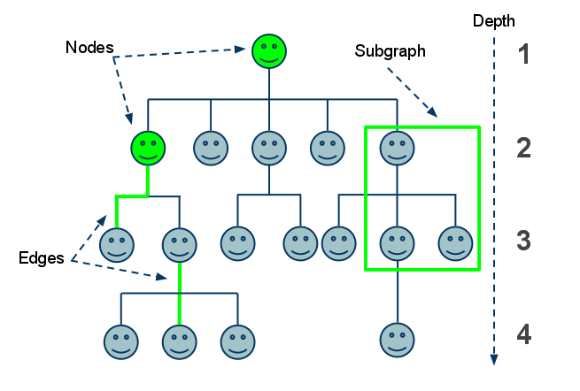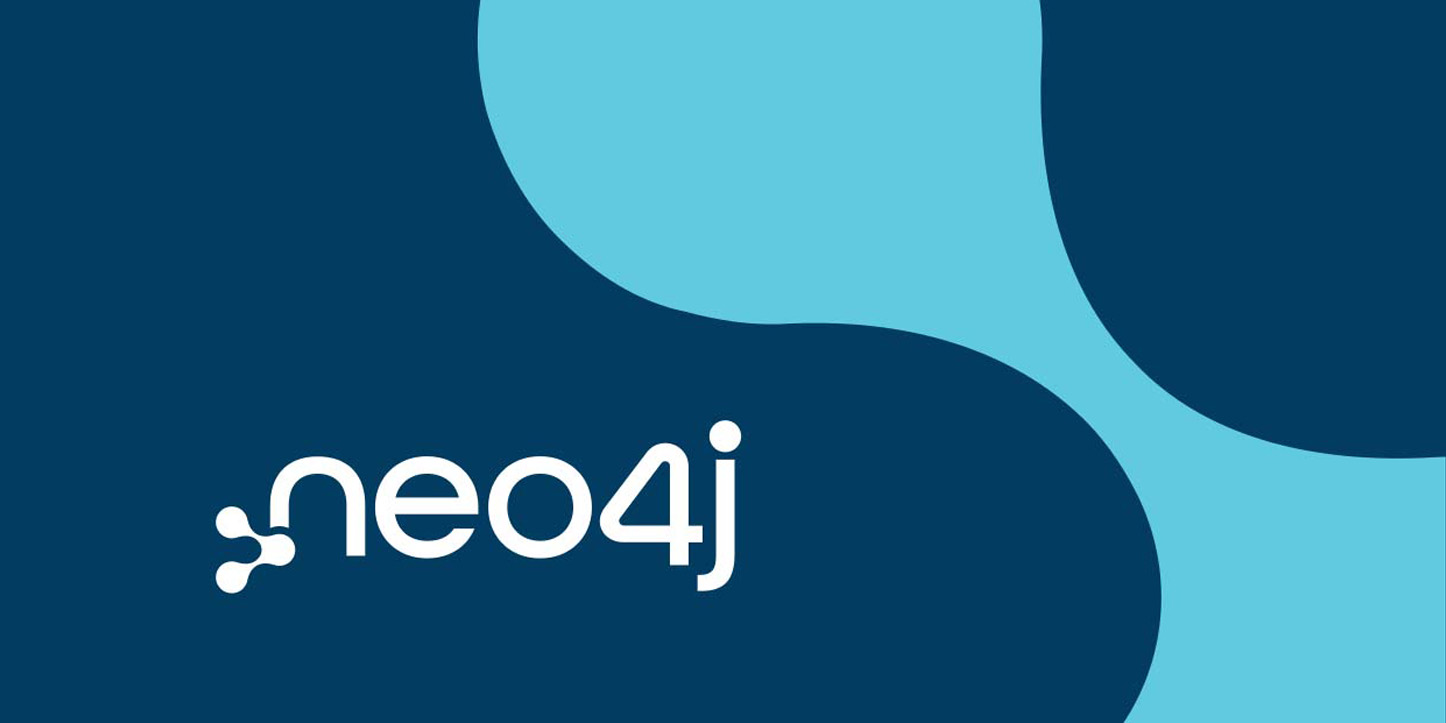Neo4j Blog
Introducing Neo4j Fleet Manager: One Control Plane for All Your Neo4j Deployments
Discover how Fleet Manager provides a unified control plane for managing and monitoring Neo4j databases across any environment.
3 min read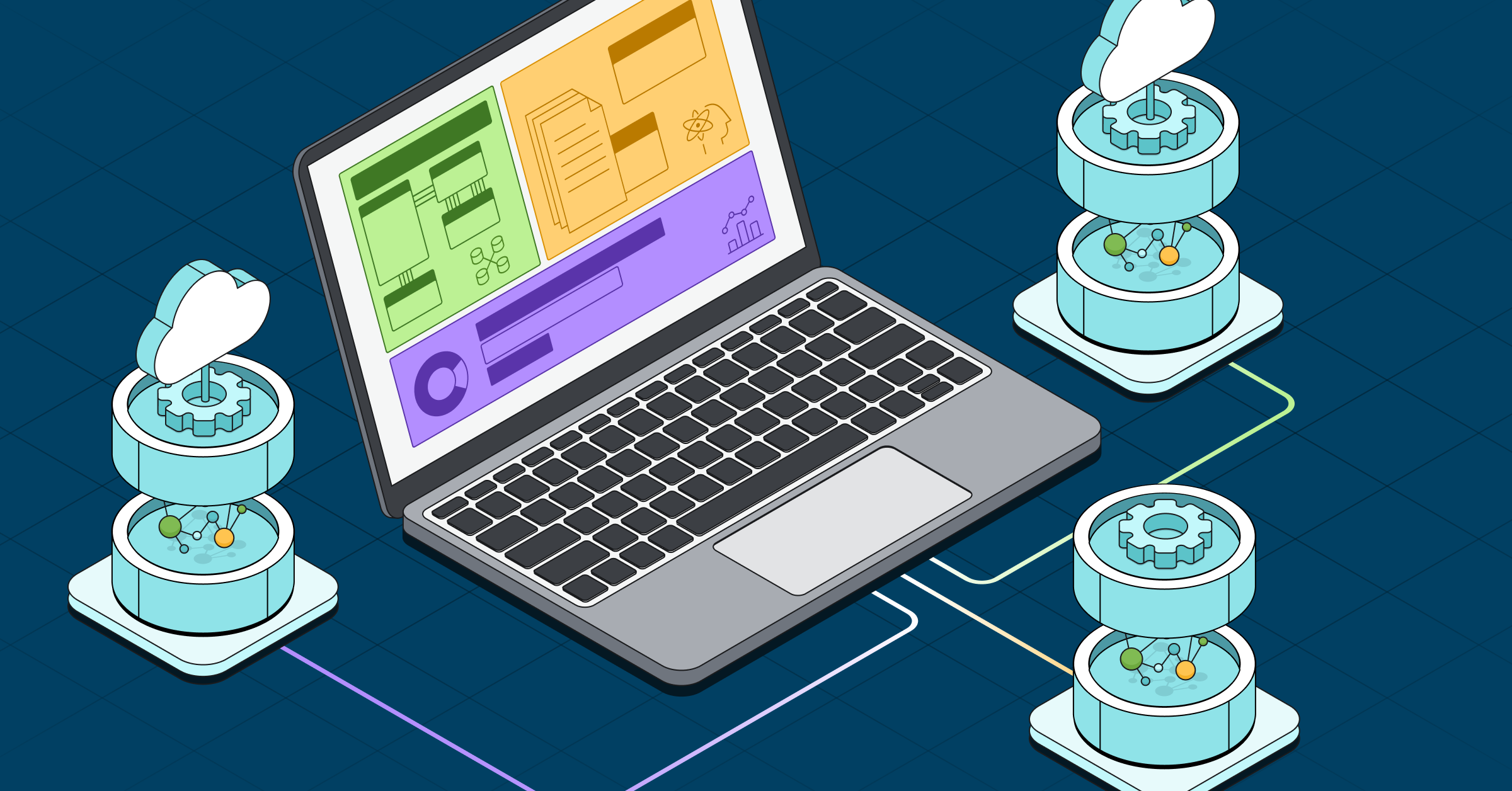
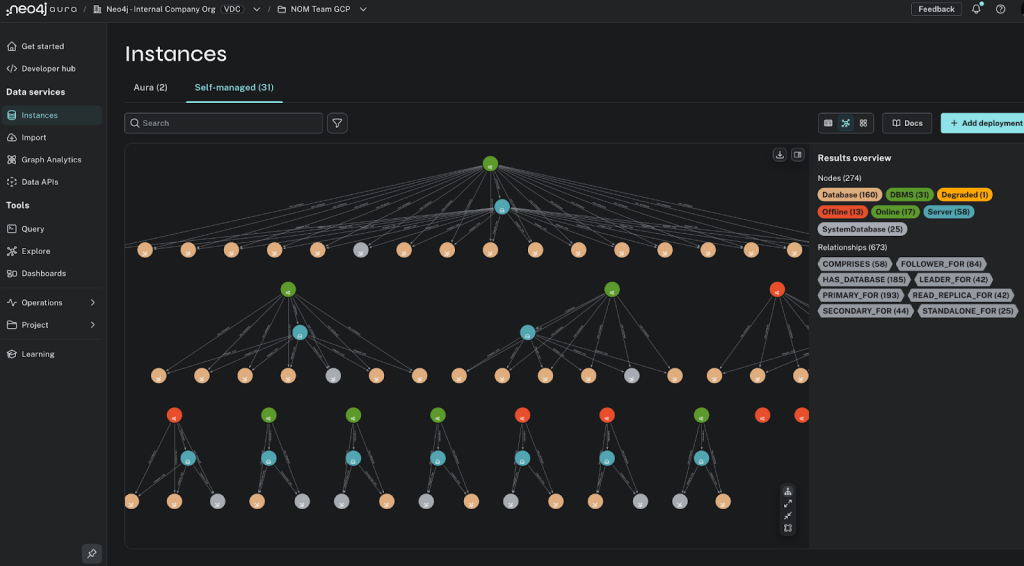
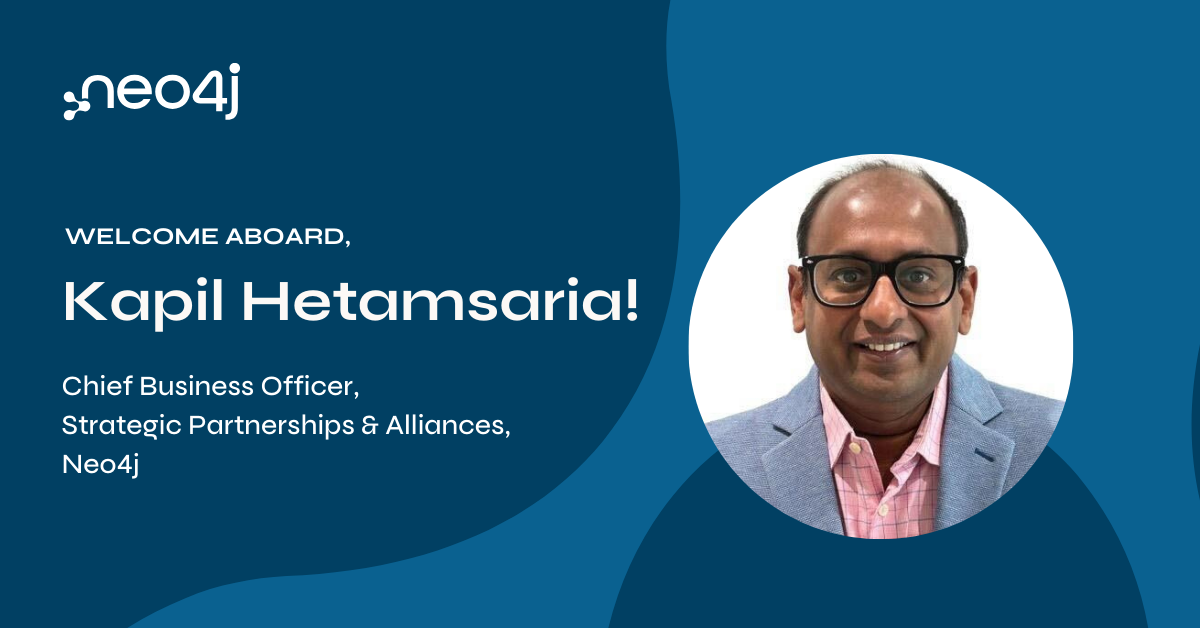
Welcoming Kapil Hetamsaria, Our Chief Business Officer for Strategic Partnerships and Alliances
4 min read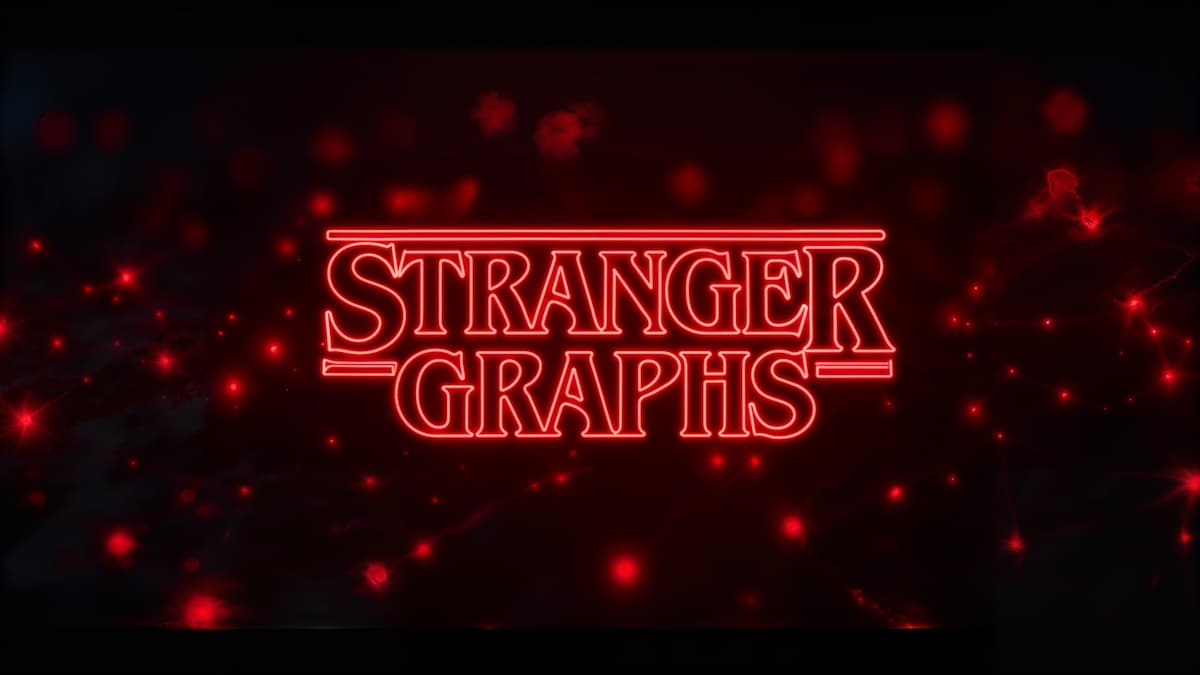
Featured Voices



Most Recent
